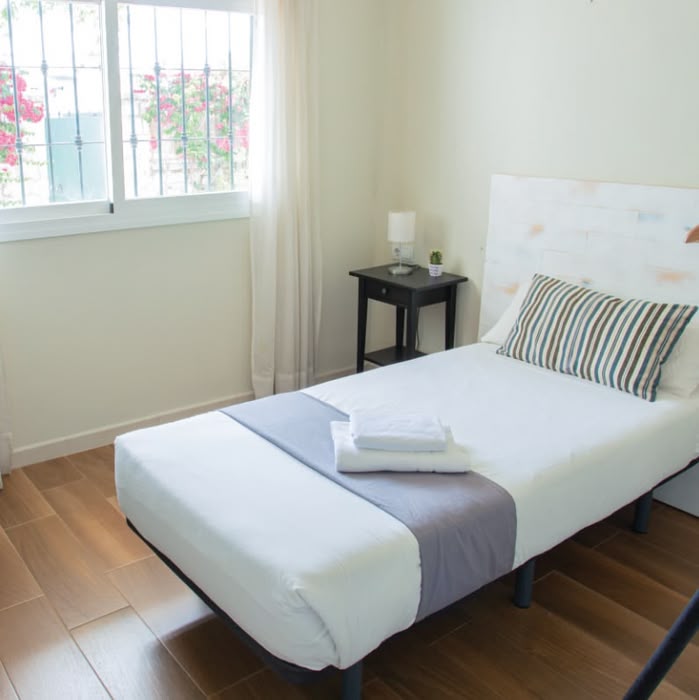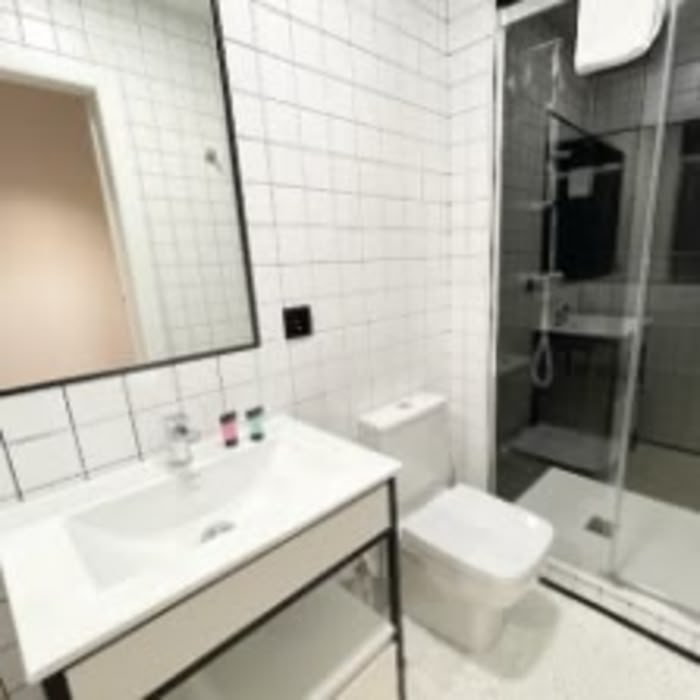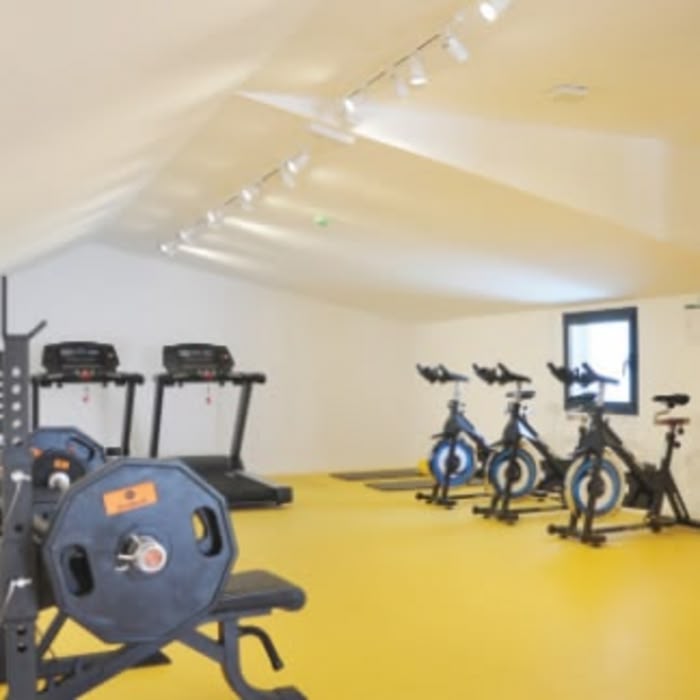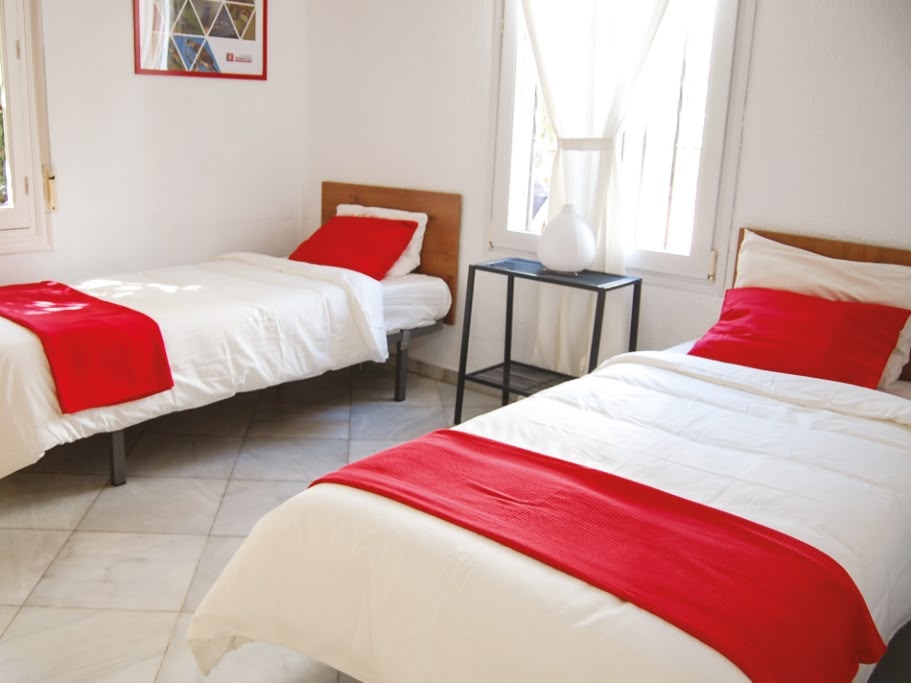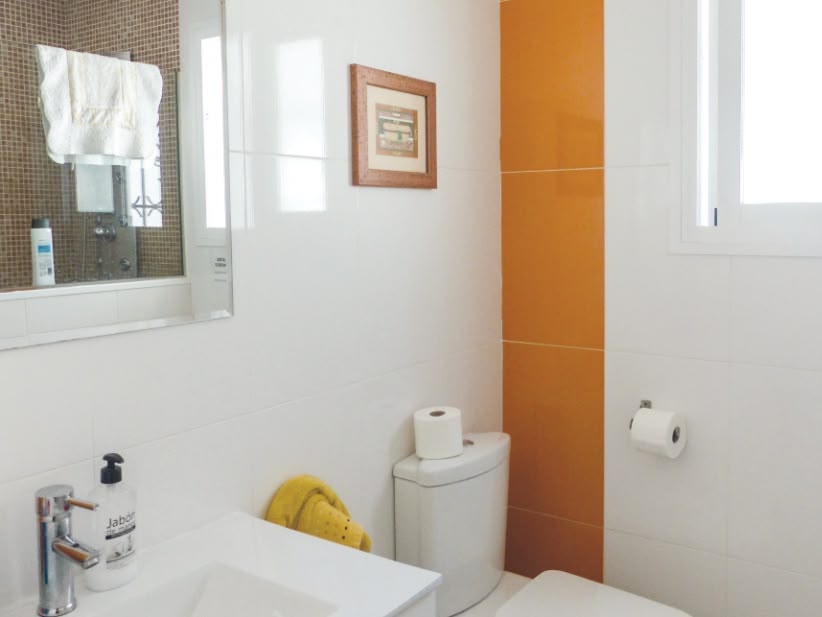Learn Spanish in Cusco
Study Spanish with Languages Abroad!
Sometimes spelled as Cuzco or Qosqo, Cusco is a city in southeastern Peru, near the Urubamba Valley of the Andes mountain range that is situated 3,400 metres above sea level. It is considered one of the greatest historical sites in South America because it was the captial of the Inca Empire. It is a living museum where it is still possible to perceive the grandeur of remote epochs. A total description or interpretation of Cusco would be a gigantic work requiring thousands of books. This "Navel of the World" has developed one of the most advanced old civilizations in the earth. A "must do" for all students is the opportunity to climb the Inca trail to the ruins of Machu Picchu.
Learn Spanish in Peru, officially the Republic of Peru and located on the western, Pacific coast of South America. The country contains three main areas to explore whilst you learn Spanish in Peru: the dry coast, the Andes mountain range, and the jungle of the Amazon rainforest. These different areas and diverse climate zones mean Peru is home to thousands of plant and animal species, which can be found as you learn Spanish in Peru with us and gain full language immersion. The Huascarán National Park in the Andes contains many uncommon animals, ranging from cougars to a type of hummingbird. Manú National Park is also beautiful and filled with biodiversity.

Start your adventure in Cusco with Languages Abroad today!
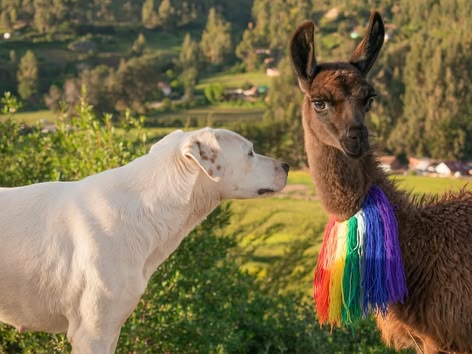
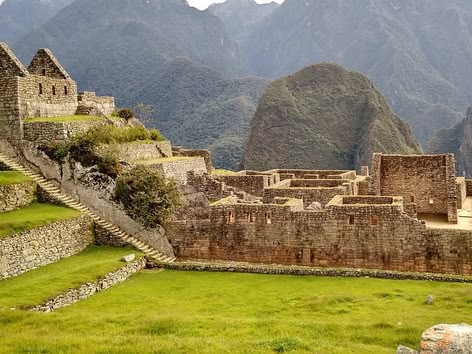
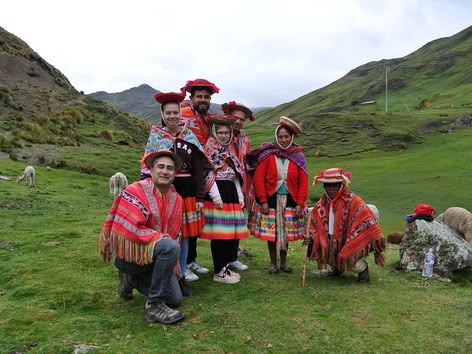
Learn Spanish
Experience exceptional Spanish language education at a centrally located school in Cusco. Benefit from expert teachers and engaging lessons, and enjoy a welcoming learning environment that provides the community spirit, individual support and practical resources needed to grow and excel. Choose from a variety of course options and begin your Spanish language journey with us today!
Cusco Spanish School
Our school is ideally located just 4 blocks from the Plaza de Armas, the main square and central meeting place of Cusco, conveniently located near the post office, internet cafes and banks etc. The school is also very close to another very important site called the Qorikancha (The Temple of the Sun).
Our school occupies two floors of a beautiful colonial building from the 19th century, and features 17 classrooms and a bright indoor patio.
- Colonial architecture
- 17 classrooms
- Indoor patio
- Free internet access
Cusco Spanish Courses
All of our teachers are friendly, experienced, and qualified. Your classes will help enhance your speaking, listening, grammar, and general comprehension skills. Teachers often facilitate classroom discussions by using role-playing and games, and our teachers also incorporate current events and cultural materials into the curriculum to help make classes more interesting and relatable.
- Open to all language levels, A0-B2
- Placement test on the first Monday morning of class
- Minimum age 16
- Flexible course length (1 week minimum)
- Classes held Monday to Friday
- Language Certificate provided at end of course
- DELE Exam Preparation Course available (Duration: 8 weeks): Start Dates: Mar 31, May 18, Sep 29. Exam Dates: May 23, Jul 17, Nov 21 (exam fees not included). Max. 10 students per class
- Receive transferable credits for your course:
Undergraduate Credit Through Brookhaven College

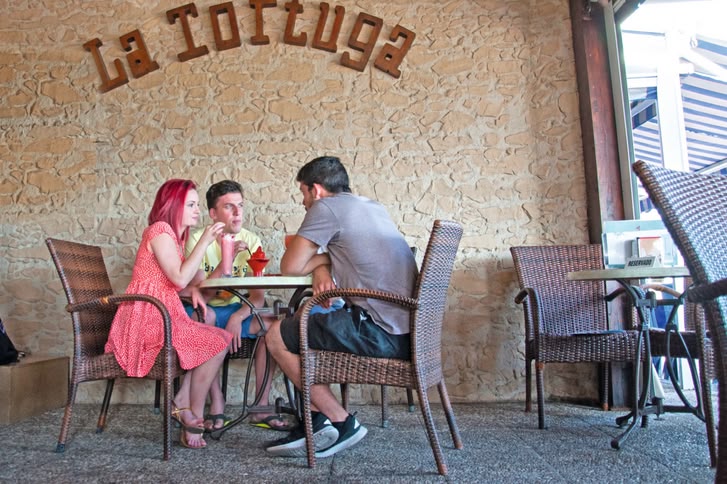
Standard Spanish Classes:
- 20 group lessons per week (4 lessons daily)
- Maximum 10 students per class
Intensive Spanish Classes:
- 30 group lessons per week (6 lessons daily)
- Maximum 10 students per class
Private Spanish Classes:
- 10, 20 or 30 group lessons per week (2, 4 or 6 lessons daily)
- 1 student per class
Spanish Youth Immersion Camp
- Only for younger students aged 12-21, with daily activities and weekly excursions.
- Standard: 20 group lessons per week (4 lessons daily, 45mins each)
- Intensive: PLUS 4 private lessons per week
- max. 15 students per class
- For general concerns about our youth program, contact us.
Live & Learn Spanish
- Study and live in the home of your own personal teacher.
- Flexible hours - 15, 20, 25 or 30 private lessons per week.
- 1 student per class
- To find out more about this homestay pathway, consult our Live & Learn homepage or contact us.
Accommodation in Barcelona
Welcome to your home away from home in Custco! Choose from comfortable university accommodations or stay with a welcoming host family in this lively and diverse city. Whether you prefer the convenience of living on campus or the enriching experience of a homestay, we ensure a safe, enjoyable, and immersive stay to complement your language learning journey.
Self-Catering Apartment
Facilities
Apartments are located about 20-30 minutes from the school and are shared with other students.
Apartments are co-ed, however, bedrooms are same-gender.
The apartments include a well-equipped kitchen, shared bathroom and living areas.
They vary in location, size and number of bedrooms, but expect to share with 2 - 4 other students.
Both basic and comfort apartments are available.
Room Options
- Single room (SR)
- Double room (DR)
- Self-catering
Studio Apartment
Facilities
These private studio apartments are located about 15-20 minutes away from the school.
They are large and comfortable and have a bedroom, a kitchenette and a bathroom.
Double rooms can only be booked for two students travelling together.
Room Options
- Single room (SR)
- Double room (DR)
- Self-catering
Host Family Accommodation
Living with a local host family is the best way to immerse yourself fully in the language and culture. All our families are carefully selected and regularly visited to ensure high-quality standards. We choose only those with a genuine interest in international exchange.
All meals included within the homestay - you can also help out and learn the local cuisine first-hand in the process!
Our host families are spread throughout the region and are offered on a first-come, first-served basis, so book early to get the best locations!
Find general information here about staying with a host family. If you have any specific queries, please don't hesitate to contact our team!

After Class Activities in Cusco
After class in Cusco, students can explore the historic Plaza de Armas, the city's main square, where they can relax, people-watch, and practice Spanish with locals. They can visit the San Pedro Market, a vibrant spot to try local foods and shop for artisan crafts. For outdoor enthusiasts, a short hike to Sacsayhuamán, an ancient Inca fortress, offers stunning views of Cusco and its surroundings. Students can also take a leisurely walk through the picturesque San Blas neighborhood, known for its narrow streets, artisan shops, and cafés.
Plaza de Armas - The heart of Cusco, this historic square is ideal for students to relax, explore colonial architecture, and interact with locals while practicing Spanish. (Explore Plaza de Armas, historic landmarks in Cusco for students)
San Pedro Market - A vibrant local market where students can taste traditional Peruvian food, buy souvenirs, and experience local culture firsthand. (Visit San Pedro Market, local markets in Cusco for students)
Sacsayhuamán - An impressive Inca fortress located just outside the city, perfect for students interested in history and archaeology, with stunning views of Cusco. (Discover Sacsayhuamán, Inca ruins in Cusco for students)
San Blas Neighborhood - Known for its narrow streets and artisan shops, this charming area is great for students to explore local art, crafts, and cafés. (Wander San Blas, artistic neighborhoods in Cusco for students)
Qorikancha (Temple of the Sun) - Once the most important temple in the Inca Empire, this site is now a fascinating
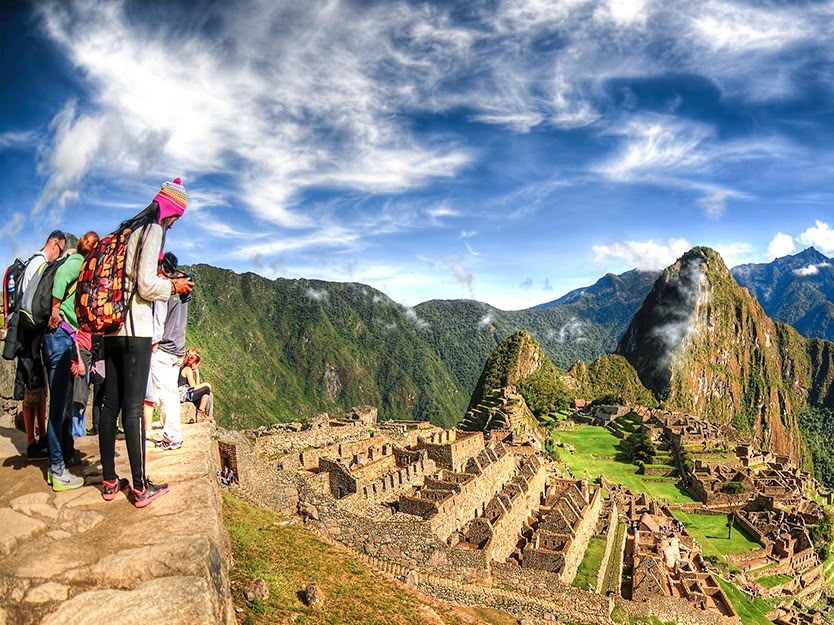
Dates & Prices
Start your Spanish language journey!
Cusco is considered to be one of the finest archaeological capitals in the Americas because of the amazing mix of both colonial and Incan architecture and culture. What was once the center of the Inca Empire has now changed into must-visit destination for adventure travelers in South America.
Learning Spanish here is simply a must if you love history as much as this wonderful language. Not far away you'll find a number of ruins as well as the fabled ancient city of Machu Picchu as well as even more natural beauty all around the city!
Checklist
Registration Fee: $200
Accommodation Placement Fee: $200
Airport Transfer: $150 per way (Optional)
Insurance: $30/week
Notes
The school will be closed on all public holidays.
All enrollments require a non refundable $400 usd deposit to ensure space in our program.
Contact us
We're here to help you on your Spanish language learning journey!
Questions about our courses? Need assistance with enrollment? Interested in finding out more about our programs?
Our friendly team is more than willing to assist you.
Contact us by clicking the link below and filling out our contact form.
We promise a prompt and helpful response to all your inquiries.

